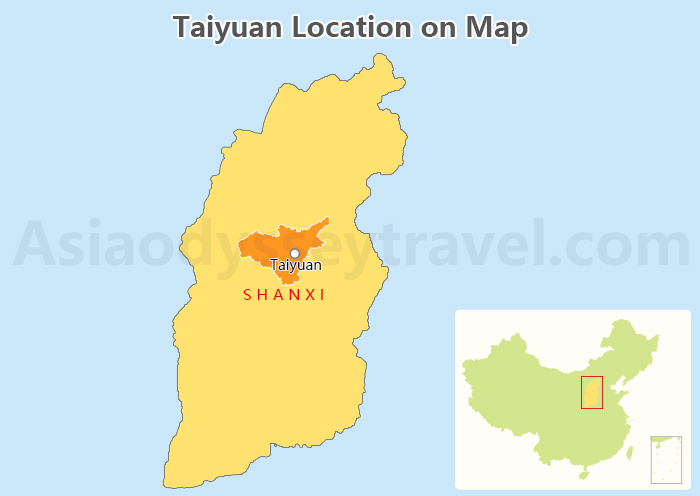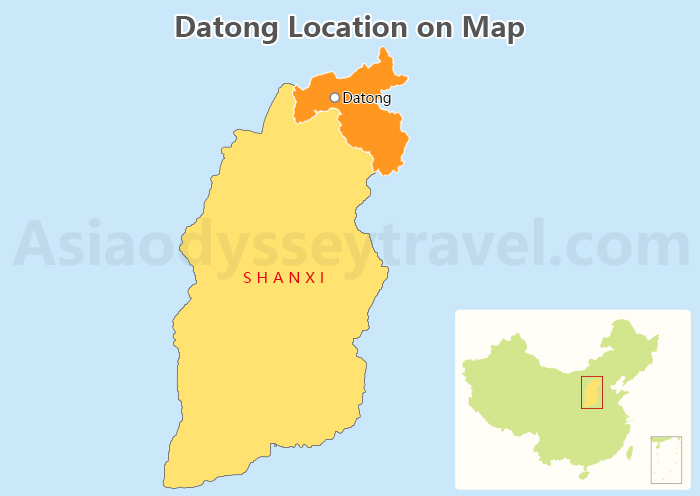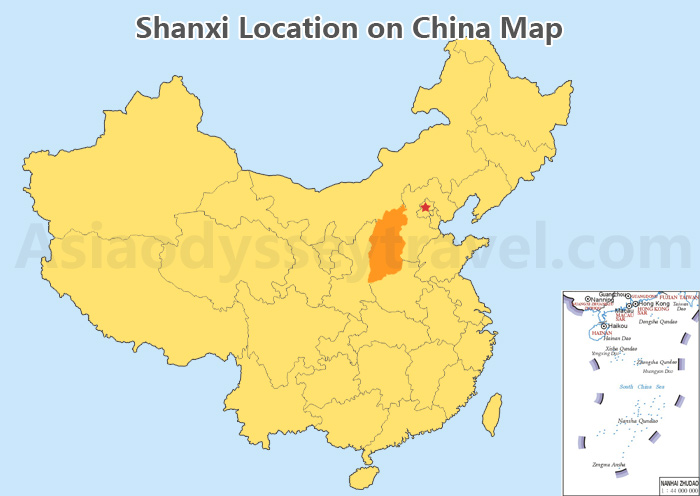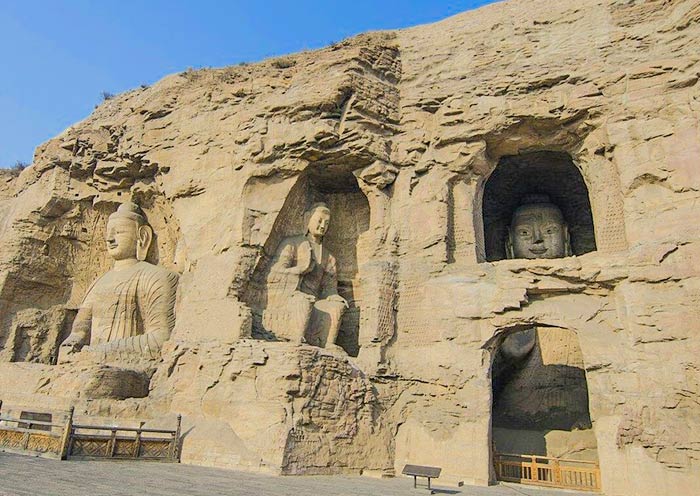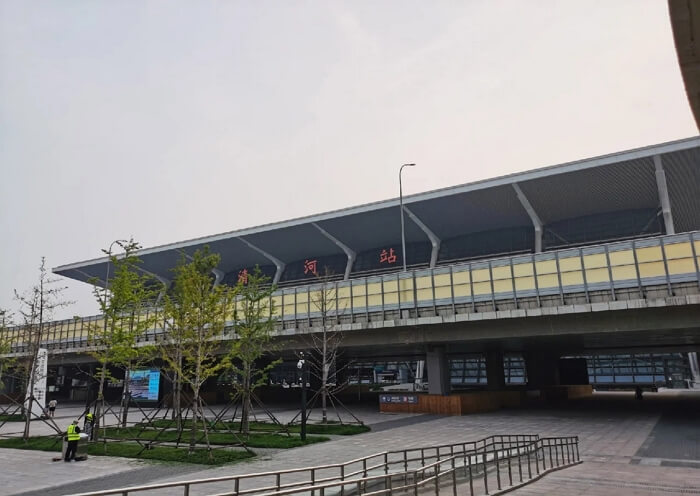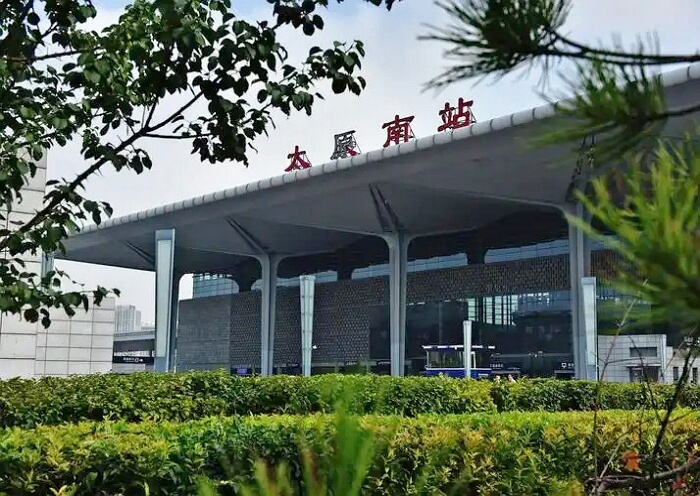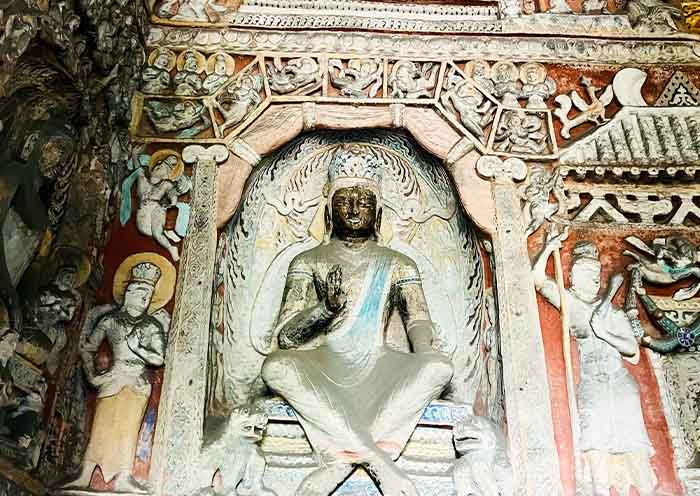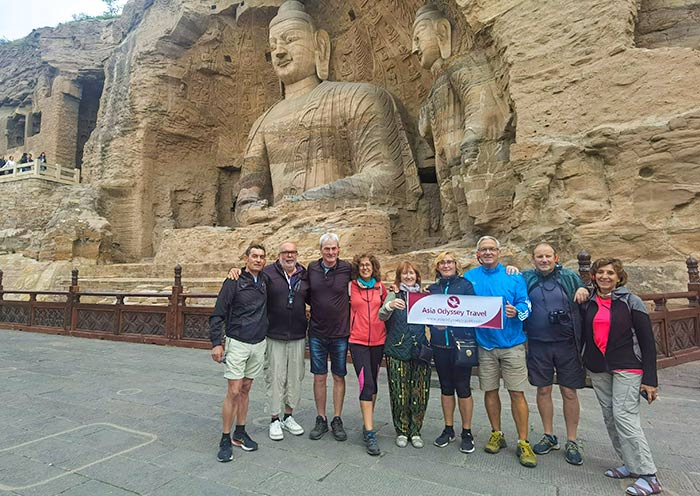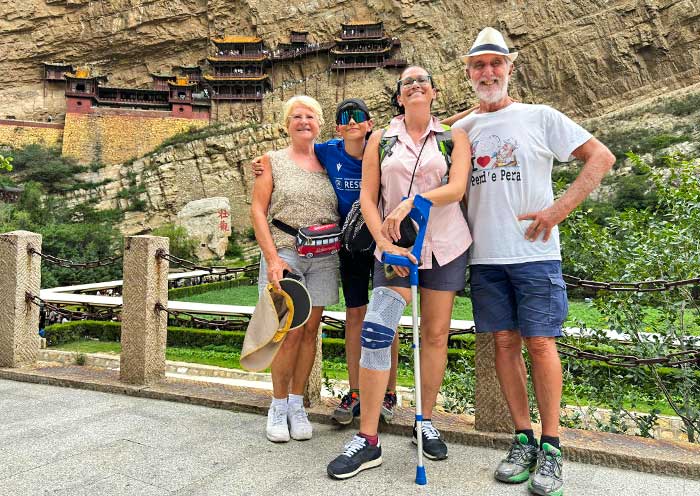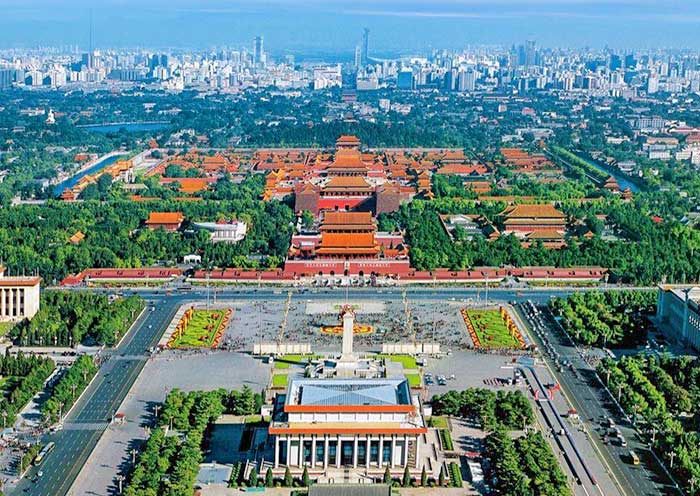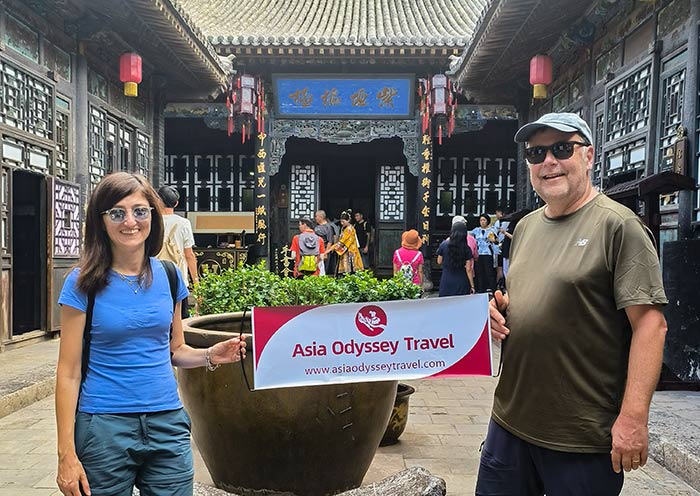What Is Black Myth: Wukong Based On | Why Choose Shanxi as Its Filming Location?
The Monkey's Back! But this time, it's a darker tale. "Black Myth: Wukong" reimagines the iconic Journey to the West, picking up after our hero's supposed enlightenment. Yearning for freedom, the Monkey King is struck down, his spirit shattered into six sacred relics. As a player, you'll venture to recover these relics, scattered across a world mainly inspired by the ancient architecture of Shanxi.
Why Shanxi Temples? Step into a world where the sacred and the secular intertwine. Shanxi, China's treasure trove of ancient temples, offers a rich tapestry of spiritual and architectural marvels. From the 7th to the 19th century, these temples have been shaped by Buddhism, Taoism, and other profound beliefs. With their intricate carvings, towering pagodas, and haunting aura, these sacred spaces provide the perfect backdrop for Black Myth Wukong's mystical journey. Nowhere else can you find such a concentrated blend of history, spirituality, and sheer visual grandeur.
Where exactly in Shanxi are the filming locations?
| Shanxi Cities | 27 Real-life Locations |
|---|---|
| Datong (大同) | Shanhua Temple (善化寺), Huayan Temple (华严寺), Yungang Grottoes (云冈石窟), Hanging Temple (悬空寺), Jueshan Temple (觉山寺). |
| Shuozhou (朔州) | Chongfu Temple (崇福寺), Yingxian Wooden Pagoda (应县木塔). |
| Xinzhou (忻州) | Foguang Temple (佛光寺), Nanchan Temple (南禅寺), Nanshan Temple (南山寺), Ningwu Hanging Coffins (宁武石门悬棺). |
| Jinzhong (晋中) | Shuanglin Temple (双林寺), Zhenguo Temple (镇国寺). |
| Changzhi (长治) | Chongqing Temple (崇庆寺), Guanyin Hall (观音堂). |
| Jincheng (晋城) | Tiefo Temple (铁佛寺), Yuhuang Temple (玉皇庙), Xixi Two Immortal Temple (西溪二仙庙). |
| Linfen (临汾) | Xiaoxitian (小西天), Guangsheng Temple (广胜寺), Fencheng Ancient Architectural Complex (汾城古建群). |
| Yuncheng (运城) | Guanque Tower (鹳雀楼), Yongle Palace (永乐宫), Guangrenwang Temple (广仁王庙), Guandi Temple (关帝庙), Autumn Wind Tower (秋风楼), Feiyun Pavilion (飞云楼). |
Datong, Shanxi |Filming Location of Black Myth Wukong
Shanhua Temple (善化寺) - Four Heavenly Kings & 24 Devas
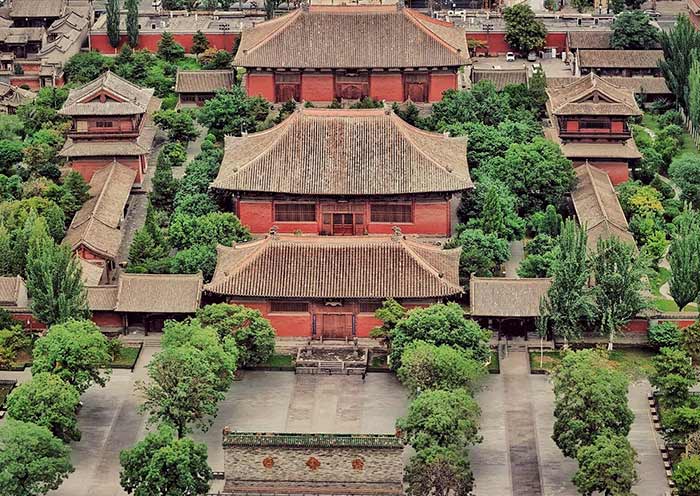
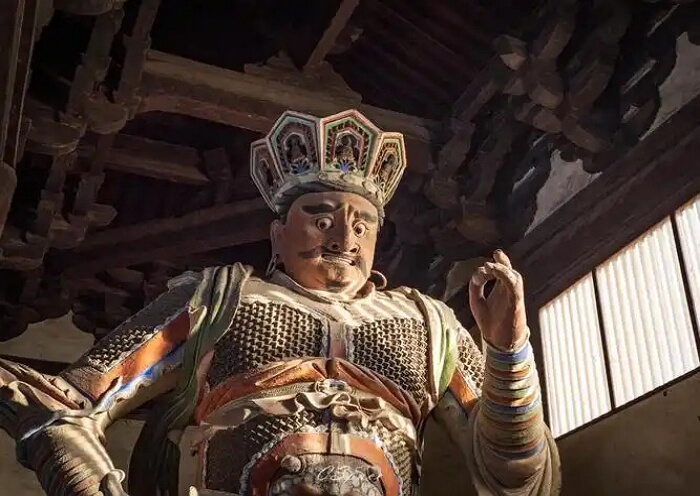
Shanhua Temple, in Datong, Shanxi, was initially constructed during the Tang Dynasty. It is currently the largest and most complete architectural complex from the Liao and Jin Dynasties in China. The temple's main buildings, including the Heavenly King Hall, the Three Saints Hall, and the Great Hero Hall.
The temple houses precious cultural relics such as Jin Dynasty sculptures and Qing Dynasty murals. Notably, Black Myth: Wukong used Shanhua Temple as a filming location for scenes featuring the Four Heavenly Kings and the Twenty-Four Devas.
Huayan Temple (华严寺) - The Great Hero Hall & Sutra Repository Hall
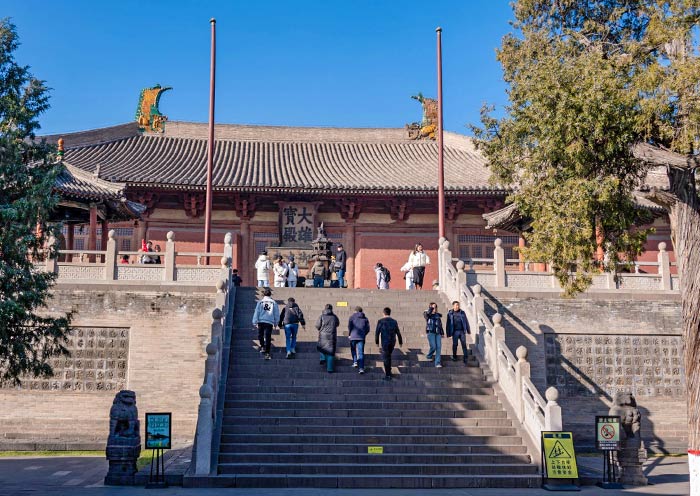
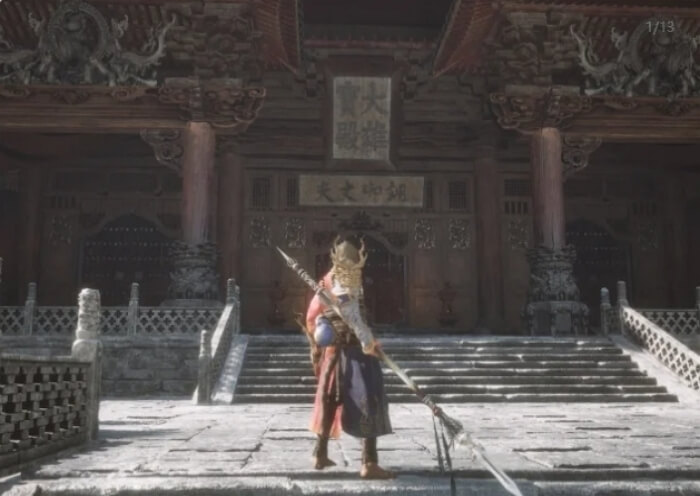
Dating back to the Liao Dynasty, Huayan Temple in Datong, Shanxi Province, is one of China's oldest and best-preserved Liao and Jin Dynasty temple complexes. Divided into upper and lower sections, the temple houses a treasure trove of murals and sculptures. Its distinctive architecture, particularly the Great Hero Hall and Sutra Repository Hall, served as the inspiration for various scenes in "Black Myth: Wukong."
Yungang Grottoes (云冈石窟) - Buddha Statues
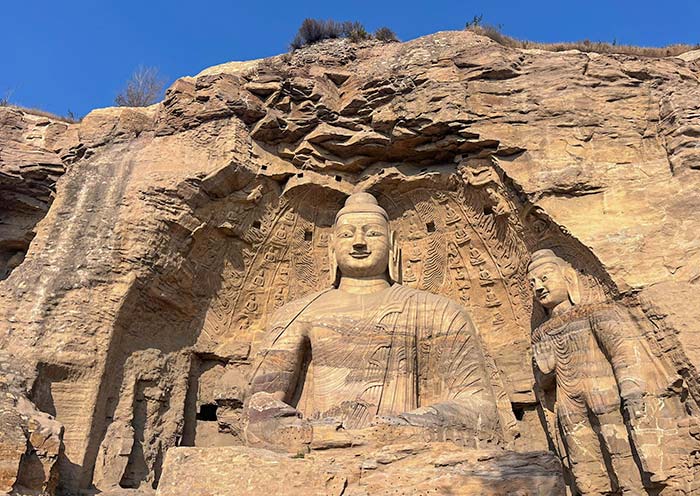
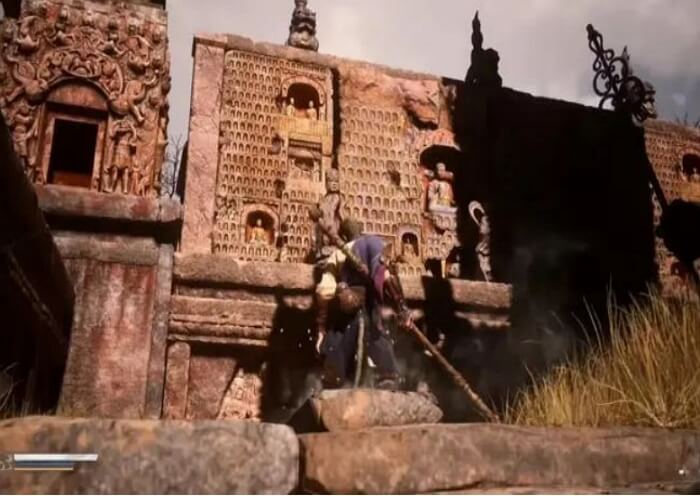
Yungang Grottoes, a UNESCO World Heritage Site, are a masterpiece of Northern Wei Dynasty Buddhist cave art in Datong, Shanxi. Carved into a cliff face and spanning nearly 1 kilometer, the grottoes boast over 59,000 statues, showcasing the peak of 5th-6th century Chinese Buddhist art.
Known for its grand statues and diverse themes, the Yungang Grottoes have served as a major inspiration for the game "Black Myth: Wukong." The game captures the essence of the grottoes through its intricate statues, dynamic reliefs, and immersive atmosphere.
Hanging Temple (悬空寺) - Architecture Style
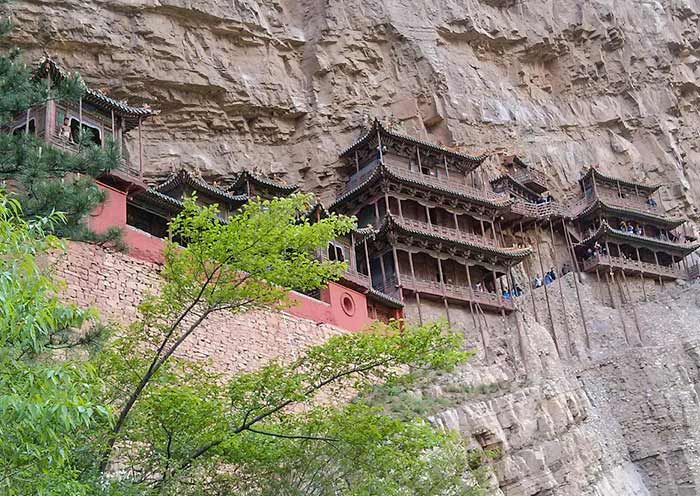
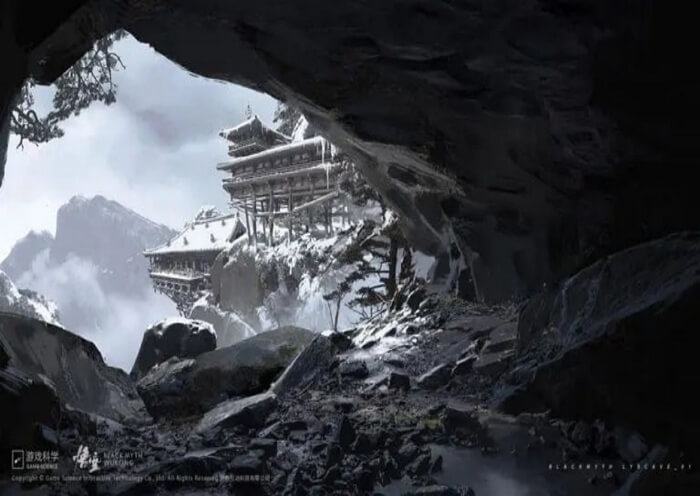
Hanging Temple, constructed in 491 AD during the Northern Wei Dynasty, is a renowned Chinese temple built into a cliff face in Datong, Shanxi. It is also unique in being the only surviving temple that simultaneously enshrines Confucianism, Buddhism, and Taoism. Situated over 90 meters above the ground, the temple's narrow passageways and precarious-looking structure belie its exceptional stability. It has been recognized by Time magazine as one of the world's ten most extraordinary buildings.
The video game "Black Myth: Wukong" has drawn inspiration from the Hanging Temple's distinctive architectural style, including its cantilevered beams and rock-supported structure, to depict a cultural atmosphere where Buddhism, Confucianism, and Taoism coexist.
Jueshan Temple (觉山寺) - Brick Pagoda

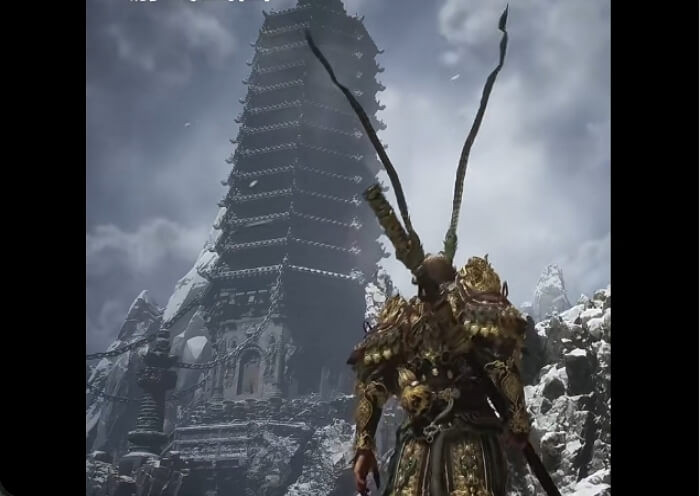
Jueshan Temple, located in Datong City, Shanxi Province, was initially constructed in 483 AD during the Northern Wei Dynasty. It is a historically significant Buddhist temple. The temple's main structures are arranged along three axes, with a towering pagoda that houses a wooden reclining Buddha and exquisite murals. Surrounded by mountains and ancient cypress trees, Jueshan Temple offers a picturesque setting.
The game "Black Myth: Wukong" used Jueshan Temple's Liao Dynasty brick pagoda and surrounding natural scenery as filming locations.
Shuzhou, Shanxi | Real Location of Black Myth Wukong
Chongfu Temple (崇福寺) - Buddha Pavilion
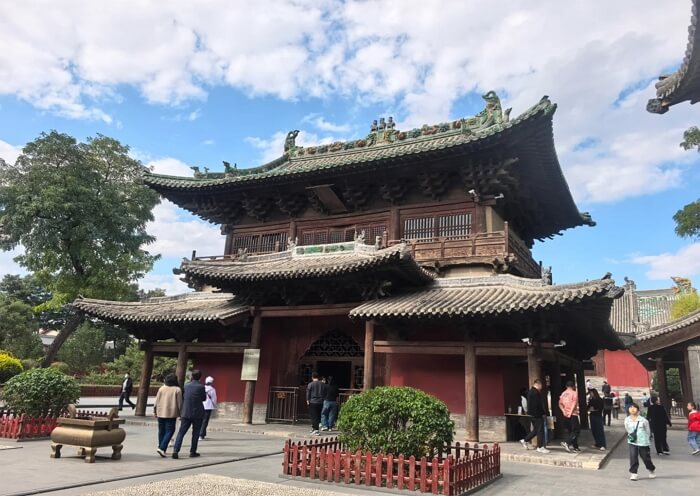
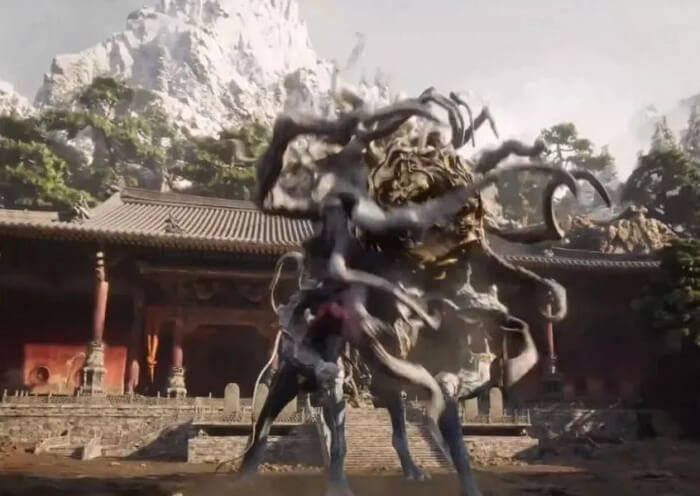
Built in 665 AD, Chongfu Temple was a monumental project commissioned by Wei Chi Jingde during the Tang Dynasty. While many of its original structures have been replaced over the centuries, the Jin Dynasty Maitreya Hall and Twin Sound Hall remain.
The game "Black Myth: Wukong" drew inspiration from Chongfu Temple, incorporating the temple's Vajra Hall, Thousand Buddha Pavilion, Great Hero Hall, and various religious artifacts into its virtual world.
Yingxian Wooden Pagoda (应县木塔) - Octagonal Shape & Doudong Brackets
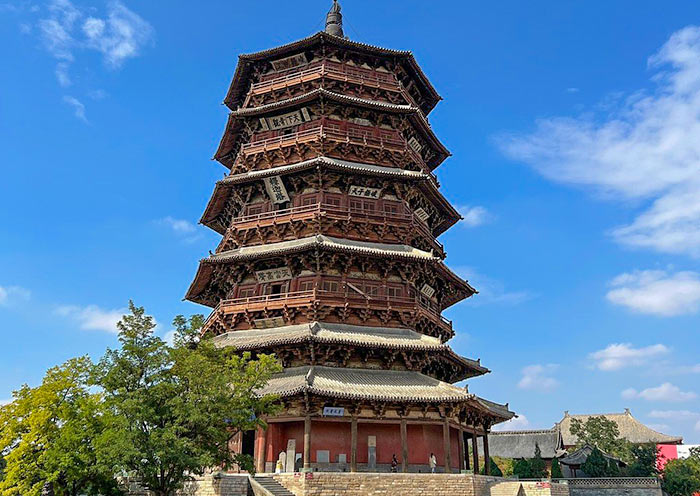
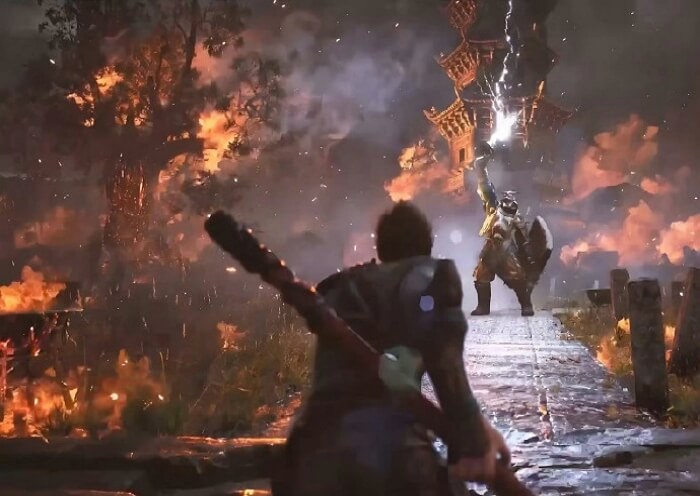
The Yingxian Wooden Pagoda, a 11th-century marvel in Shanxi, China, is the world's tallest and oldest surviving wooden tower. Built without a nail, it's one of the "Three Great Wonders of Tower Architecture" alongside the Leaning Tower of Pisa and the Eiffel Tower.
Its unique octagonal shape and intricate dougong brackets inspired the design of the Yingxian Wooden Pagoda in the game "Black Myth: Wukong."
Xinzhou, Shanxi | Black Myth Wukong Filming Location
Foguang Temple (佛光寺) - Scripture Pillar
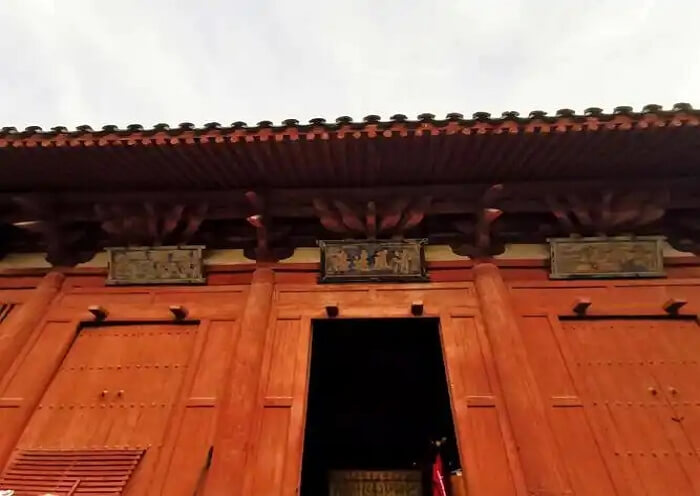
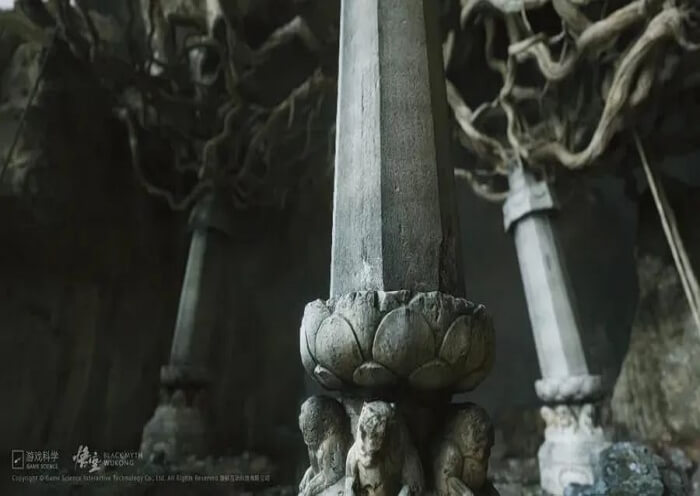
Foguang Temple, located on Mount Wutai, was initially constructed during the Northern Wei Dynasty and rebuilt in 857 AD during the Tang Dynasty. It is one of the largest, most structurally complete, and best-preserved Tang Dynasty wooden structures in China, and is one of only four remaining Tang Dynasty ancient buildings in the country. The game "Black Myth: Wukong" used the scripture pillar at Foguang Temple as a filming location.
Nanchan Temple (南禅寺) - Wooden Structures
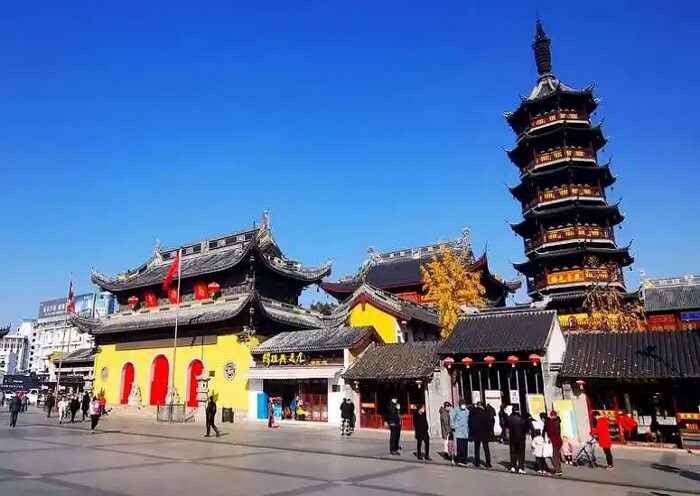
Nanchan Temple, also situated on Mount Wutai, is one of the earliest existing wooden structures in our country and is hailed as a representative work of Tang Dynasty architecture.
The game "Black Myth: Wukong" used Nanchan Temple's wooden structures, such as the main hall, as filming locations. These structures were integrated into multiple scenes in the game, but there are no exact in-game images.
Nanshan Temple (南山寺) - Brick Carvings & Stone Inscriptions
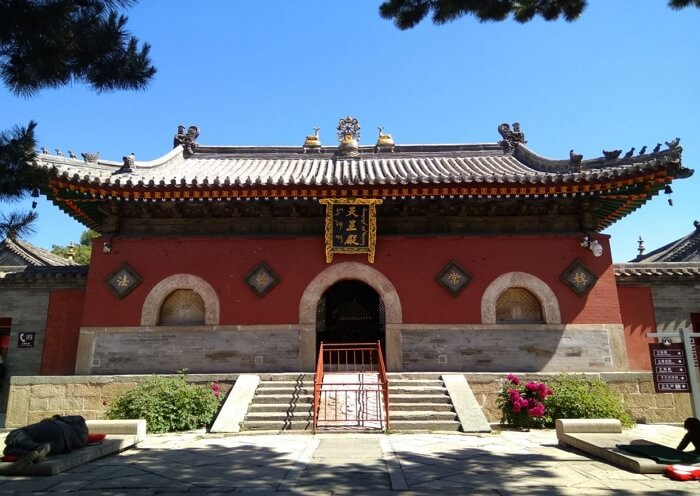
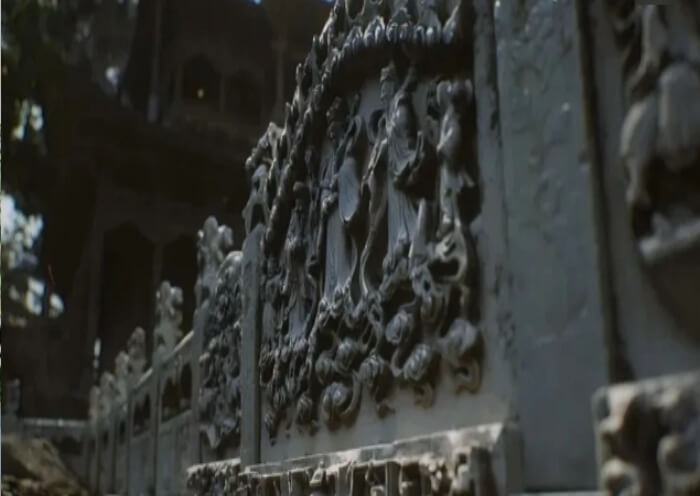
Situated on the sacred Mount Wutai, Nanshan Temple, dating back to the Yuan Dynasty, is a magnificent complex celebrated for its intricate stone and clay sculptures. The game "Black Myth: Wukong" drew inspiration from Nanshan Temple's detailed brick carvings and stone inscriptions, faithfully reproducing these elements in-game.
Ningwu Hanging Coffins (宁武石门悬棺) - Hanging Coffins Setting
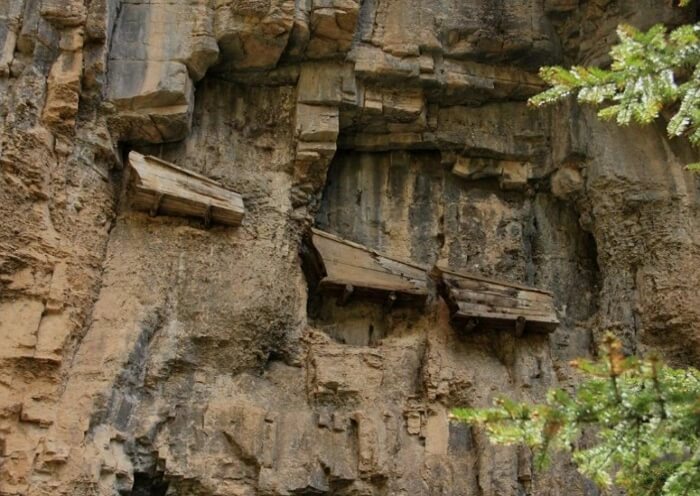
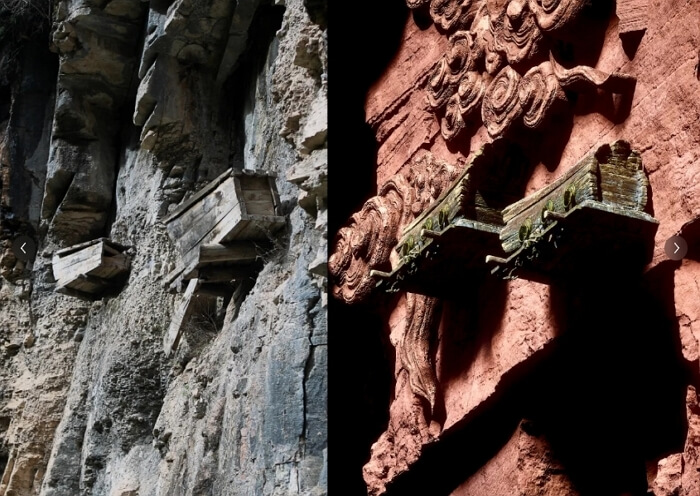
The Ningwu Hanging Coffins, located in Ningwu County, Xinzhou City, Shanxi Province, are the only cliff burial site found in northern China. This unique burial custom involved placing the deceased in coffins on wooden platforms embedded in cliff faces. In some regions of Shanxi, it was believed that burying the deceased on cliffs would ensure a better afterlife.
The video game "Black Myth: Wukong" used the appearance of the Ningwu Hanging Coffins as a reference for its scenery.
Explore Jinzhong with Black Myth: Wukong
Shuanglin Temple (双林寺) - Colored Statues
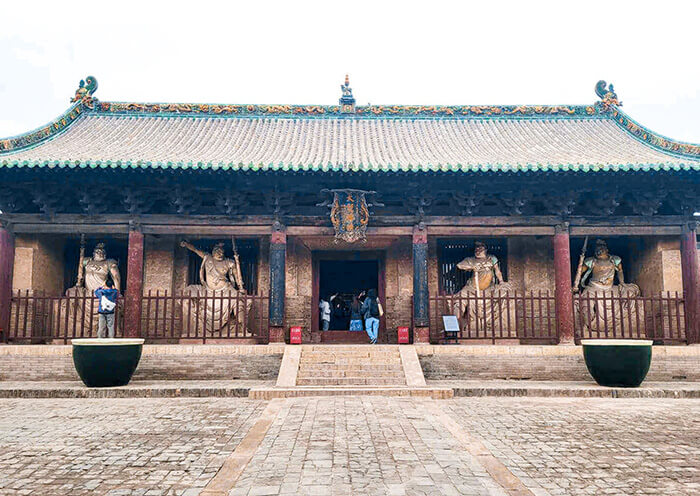
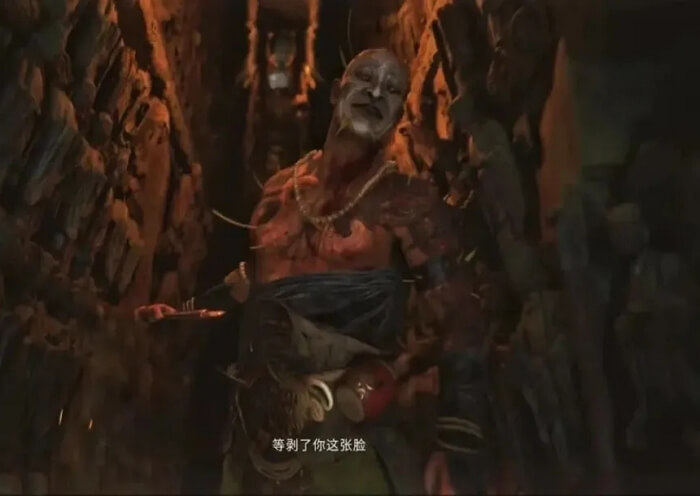
Situated in Pingyao County, Shanxi Province, Shuanglin Temple, a UNESCO World Heritage Site, is renowned for its stunning colored sculptures. Dating back to the Northern Wei Dynasty (386-571 AD), the temple has been home to these masterpieces for centuries.
The game "Black Myth: Wukong" captured the essence of Shuanglin Temple by featuring its colored statues, including the Weituo Bodhisattva and the Water Moon Guanyin.
Zhenguo Temple (镇国寺) - Ancient Architectural Complex & Colored Sculptures
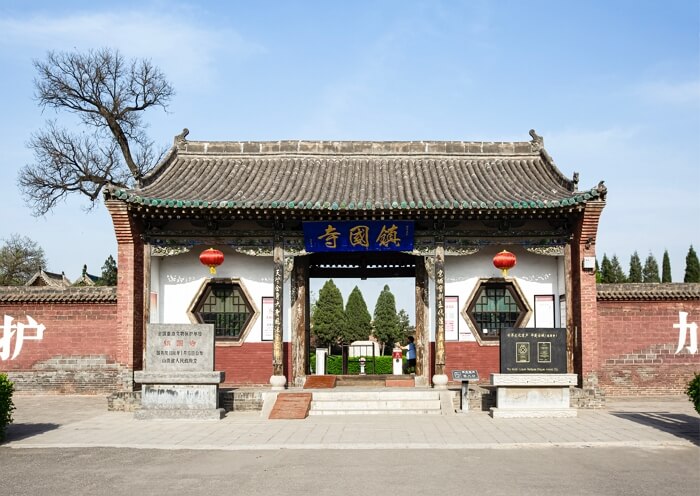
Zhenguo Temple, also listed on the UNESCO World Heritage List, was originally constructed during the Five Dynasties period (907-960). It is one of the three remaining Five Dynasties-era Buddhist temples in China. The temple's interior is adorned with colored sculptures, which are the only surviving Five Dynasties works of their kind in Chinese temples. The Wanfo Hall, the oldest building in the temple complex, still retains its original Five Dynasties appearance.
The video game "Black Myth: Wukong" used the ancient architectural complex and colored sculptures of Zhenguo Temple as filming locations.
Real-life Locations in Black Myth: Wukong in Changzhi
Chongqing Temple (崇庆寺) - Ten Kings of Hell
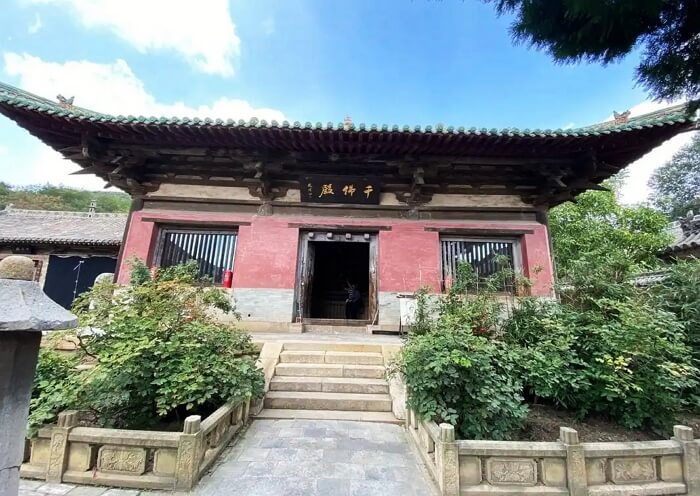
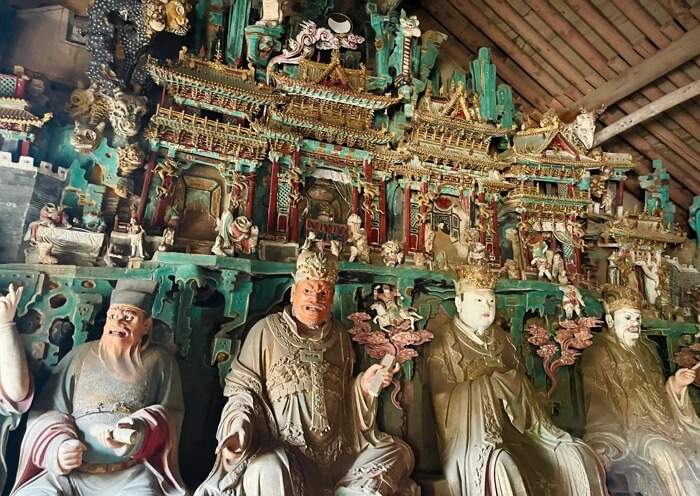
Chongqing Temple, situated on Ziyun Mountain in Changzi County, Changzhi City, Shanxi Province, was initially constructed in 1016 during the Northern Song Dynasty. The temple's Great Bodhisattva Hall houses three bodhisattvas and eighteen arhats, renowned for their distinctive Song Dynasty sculptures, often hailed as "the crown of Chinese Song Dynasty sculptures."
The game "Black Myth: Wukong" used Chongqing Temple as a filming location, featuring iconic statues such as the Ten Kings of Hell.
Guanyin Hall (观音堂) - Guanyin Statues
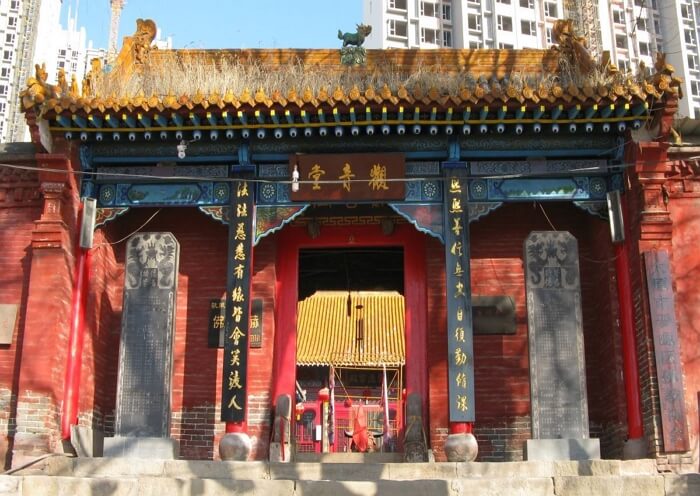
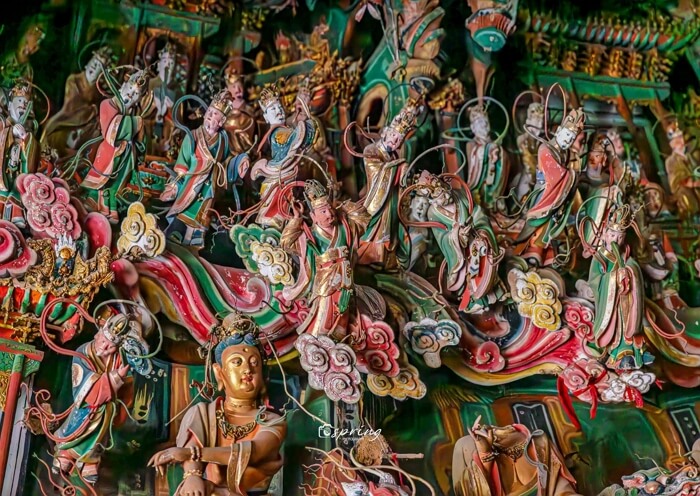
Guanyin Hall in Changzhi, Shanxi Province, was originally built during the Ming Dynasty. Located within the Old Top Mountain National Forest Park southeast of Changzhi's urban area, it's a historically significant temple that has coexisted as a place of worship for Confucianism, Buddhism, and Taoism. The temple's architecture is both ancient and elegant, housing approximately 500 exquisite statues of Guanyin and other Buddhist deities, including both painted and suspended sculptures.
The Guanyin statue within Guanyin Hall served as a filming location for "Black Myth: Wukong."
Jincheng | Real Location of Black Myth Wukong
Tiefo Temple (铁佛寺) - Buddhist Statues
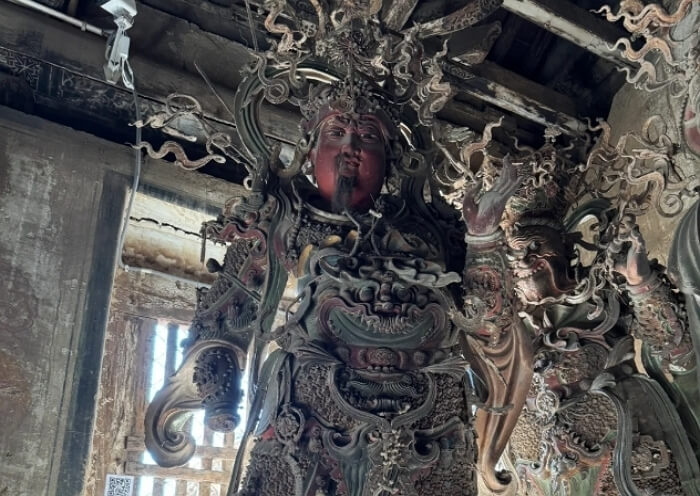
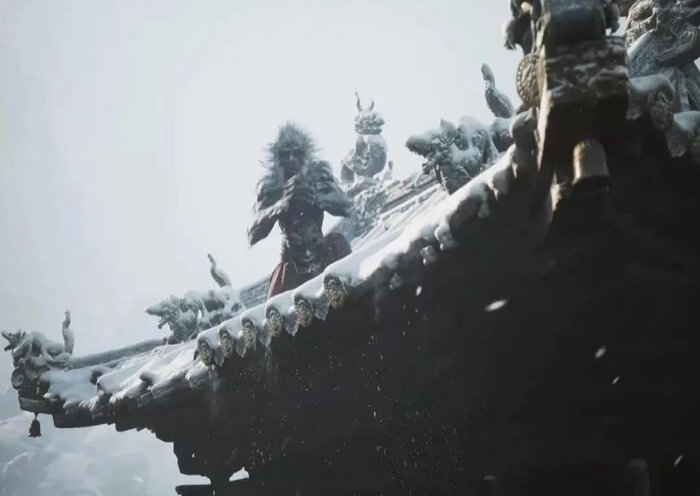
Tiefo Temple, located in Yaodu District, Linfen City, Shanxi Province, is a Buddhist temple with a long history. Named after the iron Buddha that once stood here, the temple is renowned for its vivid colored sculptures inside, making it a rare treasure of ancient Chinese sculpture.
The game "Black Myth: Wukong" used the temple's Buddhist statues as inspiration, with the mask worn by the character Ma Houjing based on the statue of Sanzhi Da Jiang within the temple.
Yuhuang Temple (玉皇庙) - 28 Lunar Mansions Statues
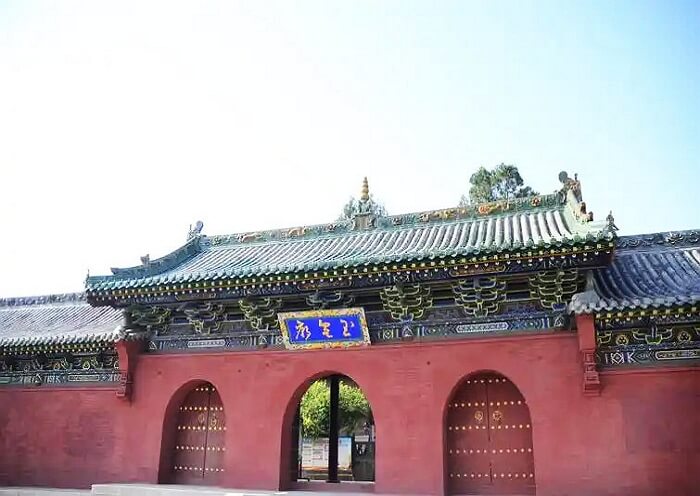
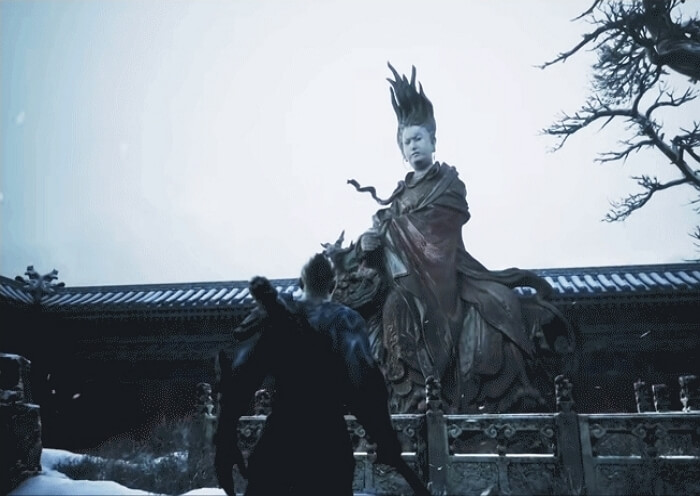
Yuhuang Temple, a significant Taoist temple dating back to the Northern Song Dynasty, is nestled in Fucheng Village, Shanxi Province. With a rich history spanning centuries, the temple boasts over 300 statues, including the renowned 1.8-meter-tall, colorful 28 Lunar Mansions from the Yuan Dynasty. Each Lunar Mansion is paired with a small animal.
This historical site has been recreated in the game, allowing players to explore the temple's outdoor deities and admire the intricate details of the 28 Lunar Mansions statues. Interestingly, the stone statue that Wukong transforms into is modeled after the Shihuo Pig from these very statues.
Xixi Two Immortal Temple (西溪二仙庙) - Dressing Towers
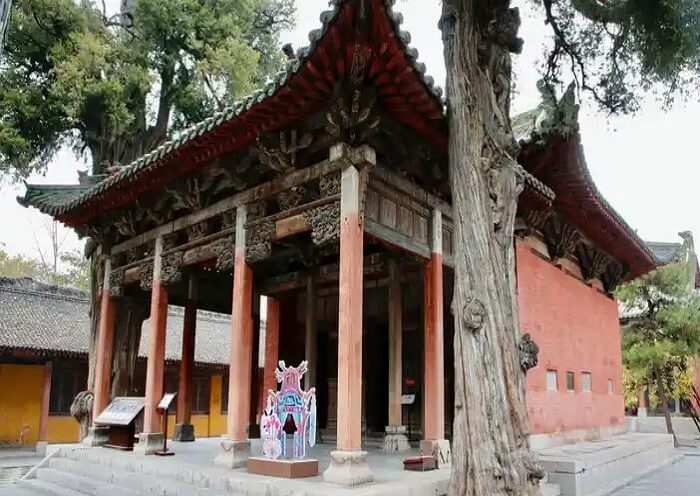
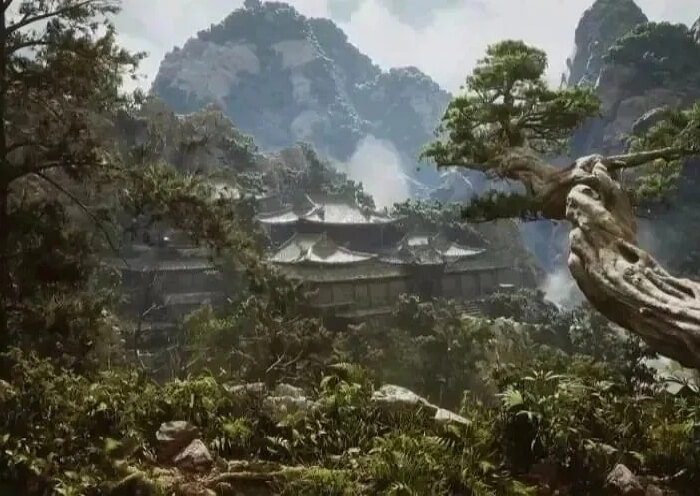
Built between 758 and 760 AD during the Tang Dynasty, Xixi Two Immortal Temple is a Taoist temple dedicated to the two immortal sisters who, according to legend, ascended to heaven due to their filial piety. The temple is renowned for its Jin Dynasty structures, particularly the Dressing Towers and the main hall.
The game Black Myth: Wukong used the Dressing Towers of Xixi Two Immortal Temple as a filming location and drew inspiration from the cultural beliefs surrounding the two immortals.
Wukong Sparks Linfen, Shanxi
Xiaoxitian (小西天) - Hanging Sculptures
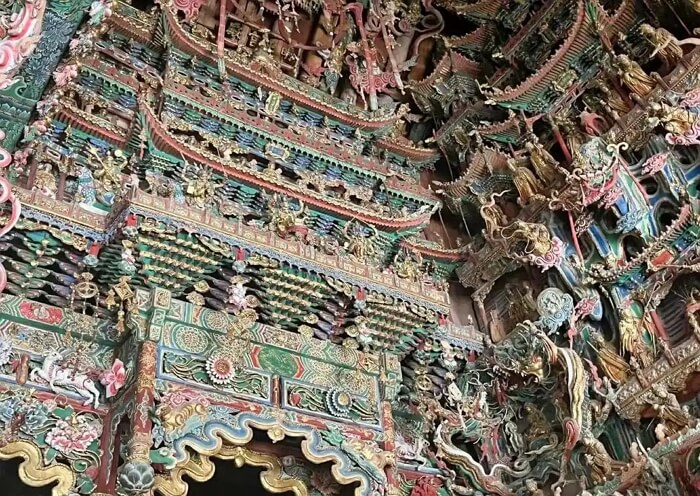
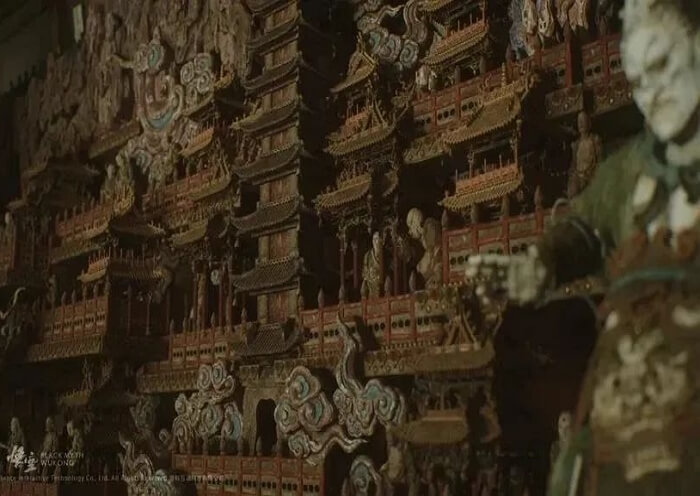
The spectacular scene that I mentioned at the beginning of the article, which captivated many gamers, was actually filmed at the Hanging Sculptures of Xiaoxitian. Xiaoxitian was built in 1629 during the Ming Dynasty. Nestled on the cliffs of Phoenix Mountain in Xi County, Linfen, Shanxi, this Buddhist temple houses thousands of colorful sculptures concentrated within a grand hall of only 170 square meters.
Hanging sculptures are commonly used in temples to create depictions of thousands of Buddhas, Bodhisattvas, and complex narrative scenes. These sculptures are thicker at the top and thinner at the bottom, suspended within prefabricated wooden frames. Overlapping in layers, the upper bodies of the lower sculptures obscure the feet of the upper ones, creating a visually stunning effect.
The game Black Myth: Wukong took inspiration from the grand hall of Xiaoxitian. The celestial palaces and Buddhist worlds depicted in the game were modeled after this real-world location.
Guangsheng Temple (广胜寺) – Feihong Pagoda
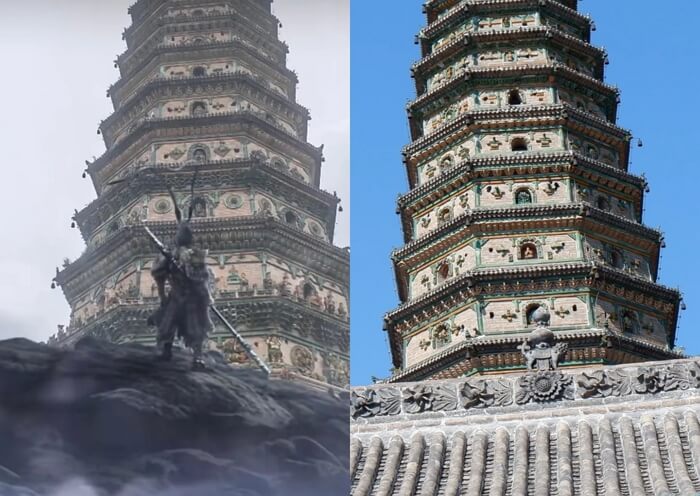
Located in Shanxi Province, Guangshen Temple, dating back to 147 AD, is celebrated for its "Three Wonders": the Feihong Pagoda, the Zhaocheng Golden Sutra, and Yuan Dynasty murals.
The Feihong Pagoda, featured in "Black Myth: Wukong," is the tallest and most intact glazed pagoda with an inscription by its builders. Having graced the screen in the TV series "Journey to the West," it was officially recognized in 2018 as the world's tallest colorful glazed pagoda.
Fencheng Ancient Architectural Complex (汾城古建群)
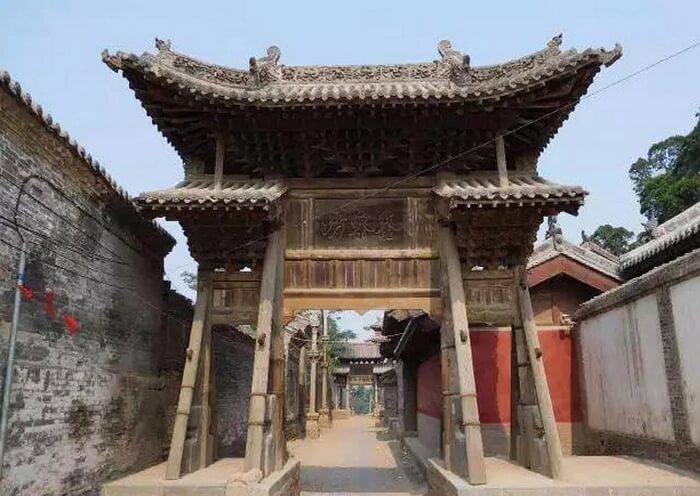
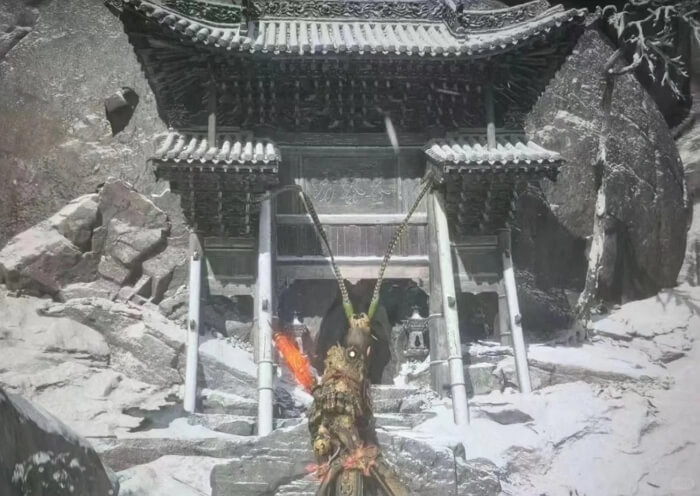
Located in Fencheng Town, Xiangfen County, Linfen City, Shanxi Province, the Fencheng Ancient Building Complex was once the estate of the renowned Tang Dynasty general Yu Chi Gong. This historic site, renowned as one of Shanxi's top ten ancient architectural ensembles, boasts over 40 surviving structures from the Jin to Qing Dynasties, centered around the Drum Tower. Notable among these are the City God Temple and the Confucian Temple.
The game Black Myth: Wukong incorporated the Jianchafang of the Fencheng Ancient Architectural Complex into its game world.
Black Myth: Wukong Draws Tourist to Yuncheng, Shanxi
Guanque Tower (鹳雀楼) - Distinctive Appearance
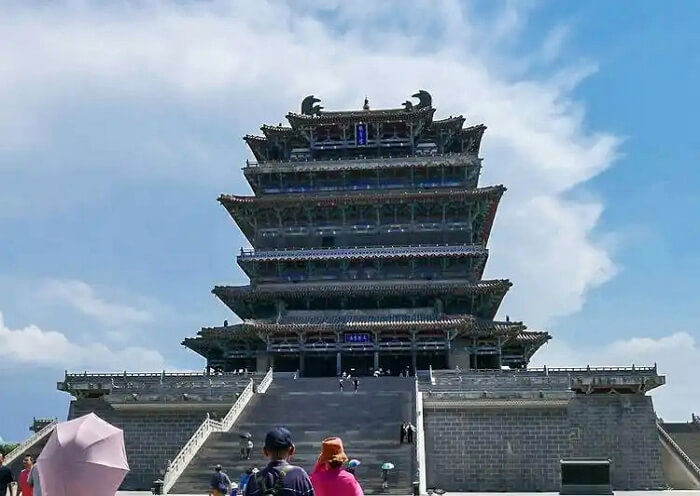
Located in Puzhou Ancient City, Shanxi Province, the Guanque Tower was rebuilt in 1997, recreating a Tang Dynasty architectural masterpiece. Standing at 73.9 meters, this tower is unique for its restored Tang Dynasty polychromatic paintings. Its distinctive appearance has made it a popular filming location, including for the domestic game Black Myth: Wukong.
Yongle Palace (永乐宫) - Murals
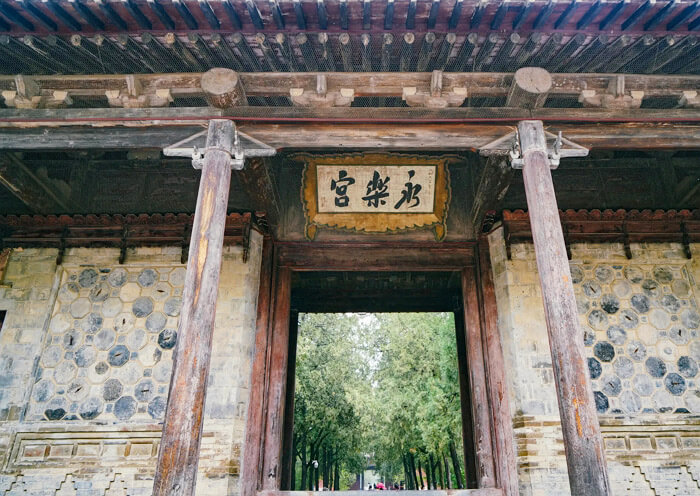
Located in Ruicheng County, Shanxi Province, Yongle Palace, a 13th-century Taoist temple dedicated to Lü Dongbin, is celebrated for its magnificent murals. The "Assembly of the Deities" in the Three Pure Ones Hall, featuring 286 divine figures, is a global artistic masterpiece. The Chinese video game "Black Myth: Wukong" incorporated elements of Yongle Palace's murals, especially those found in the Three Pure Ones Hall.
Guangrenwang Temple (广仁王庙) - Wooden Architecture
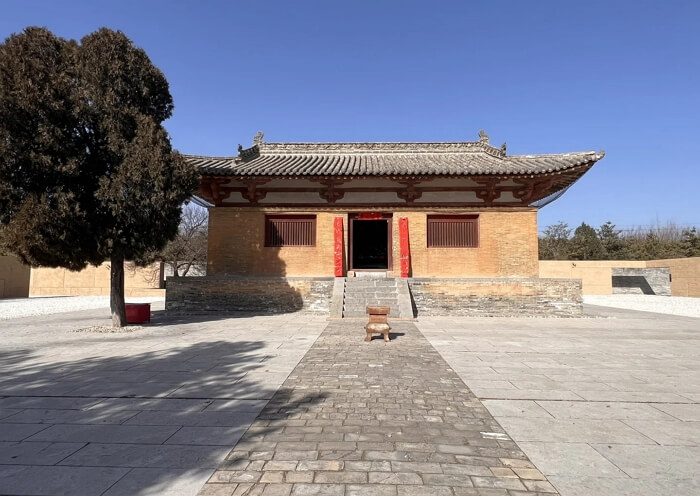
Guangrenwang Temple, located in Ruicheng County, Yuncheng City, Shanxi Province, is one of the four remaining Tang Dynasty wooden structures in existence. Constructed in 831 AD, it was dedicated to the water deity Guangren Wang. The temple features a courtyard layout, including a stage, side rooms, and a main hall.
The video game "Black Myth: Wukong" used the temple's wooden structure, particularly the distinctive Tang Dynasty wooden architecture of the main hall, as a filming location.
Guandi Temple (关帝庙) - Statue of Guan Yu
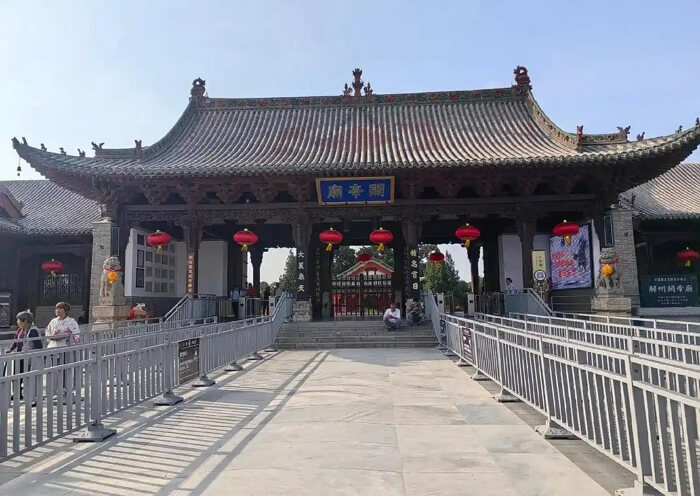
The Shanxi Guandi temple, initially constructed during the Sui Dynasty (581-618), is currently the oldest, largest, and most well-preserved Guandi Temple in existence. Dedicated to the renowned Eastern Han Dynasty general Guan Yu, the temple houses wooden sculptures, ancient trees, and other artifacts.
The game "Black Myth: Wukong" drew inspiration from the Guan Yu Temple, using its architecture and Guan Yu's statue as references.
Autumn Wind Tower (秋风楼) & Feiyun Tower (飞云楼)
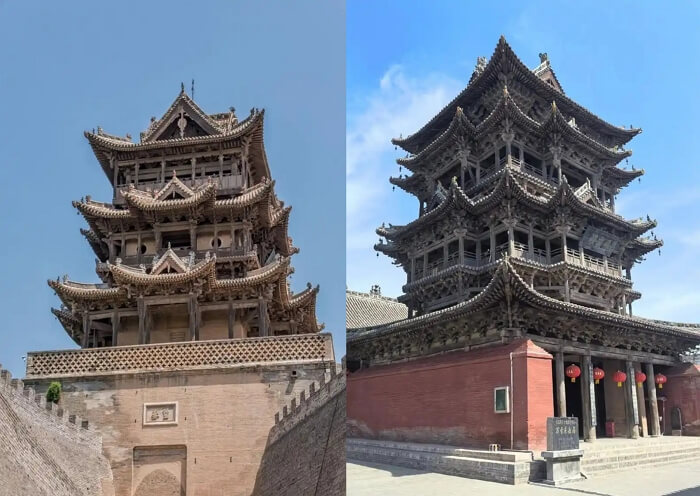
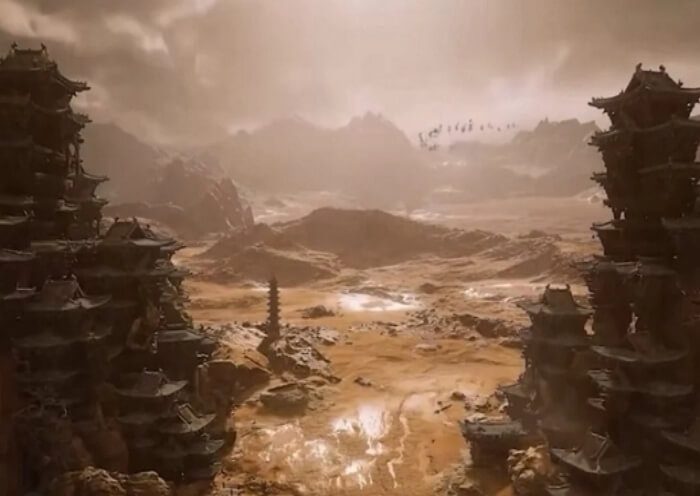
Shanxi's Autumn Wind Tower and Feiyun Tower are both renowned ancient architectural structures. Located within the Houtu Temple, the Autumn Wind Tower is a three-story building and is one of the three most famous towers in Shanxi. The Feiyun Tower, situated within the Wanrong Dongyue Temple, is hailed as the "Number One Wooden Tower in China." Constructed entirely of wood, it boasts an intricate structure.
The game "Black Myth: Wukong" features a scene where the two towers stand across from each other, with the Autumn Wind Tower and Flying Cloud Tower serving as the real-world inspiration.
Witness the Real Location of Black Myth: Wukong in Shanxi, Tour with Asia Odyssey Travel
Shanxi's got so many gaming filming spots, it's tough to see them all in one trip! That's why we at Asia Odyssey Travel suggest spending 6 days exploring the coolest filming location of Black Myth: Wukong. Check out the mind-blowing Yungang Grottoes in Datong, get your heart racing at the Hanging Temple, and wander through the temples of Mount Wutai. While you're in the area, swing by Shuanglin Temple near Pingyao Ancient City.
Beyond the game's filming locations, this journey includes other historic sites that are equally fascinating.
Highly Recommended 6 Days Shanxi Tour:
Day 1: Datong Yungang Grottoes – Nine Dragon Screen Wall – Huayan Temple
Day 2: Hanging Temple – Yingxian Wooden Pagoda
Day 3: Mount Wutai
Day 4: Mount Wutai – Taiyuan
Day 5: Taiyuan – Pingyao Ancient City – Shuanglin Temple
Day 6: Zhangbi Ancient Castle – Wang’s Family Compound
